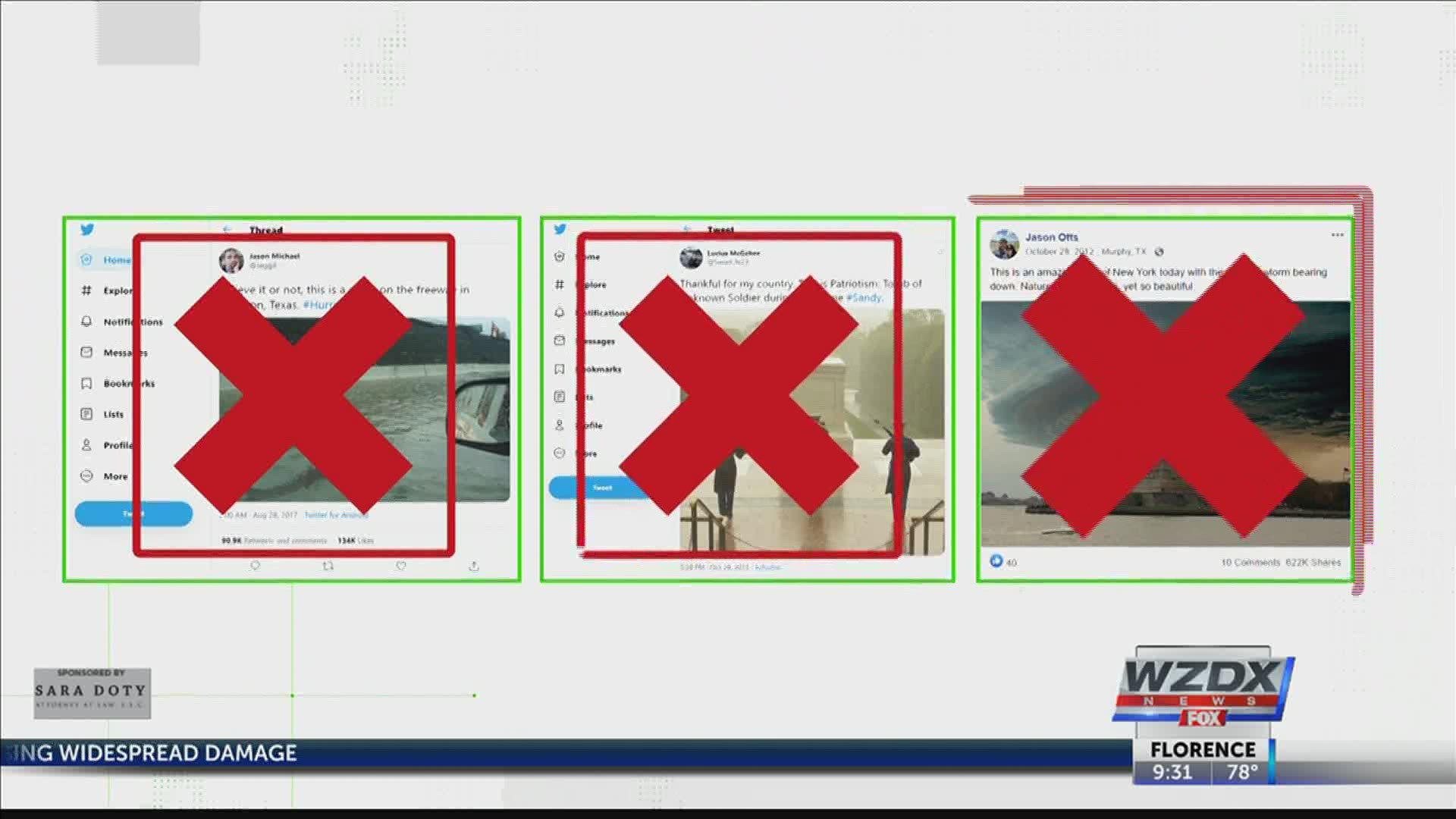WASHINGTON — Across the East Coast, people are paying close attention to Tropical Storm Isaias. Inevitably, altered photos are likely to surface online. The Verify team wants to make sure that people are getting accurate information, and not sharing false images.
As reported before by the Verify team, there have been numerous examples of false photos spreading online. That includes altered photos, like the one of a shark swimming on a Texas highway, and miscaptioned photos, like the one showing a real photo of the Tomb of the Unknown Soldier, but labeled incorrectly as happening during a major storm.
There are many ways to fact-check the authenticity of a photo. One incredibly valuable tool is a 'reverse image' search engine, such as TinEye and Google.
Rather than typing in a word, one can upload a photo to these platforms, and the database will show various other times that the photo has been posted online.
This is valuable for three reasons:
- It might connect you to reputable fact-checks that have already been done on the photo.
- It may connect you to the original source of the photo before it was manipulated.
- It will provide a better timeline of when the photo was taken.
There are also more advanced online programs like Forensically and FotoForensics, which will show more subtle manipulations; expertise is often needed to use these programs.
The Verify team also recommends considering the source with each photo. People should be especially skeptical of a photo if there is no source listed.

